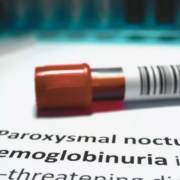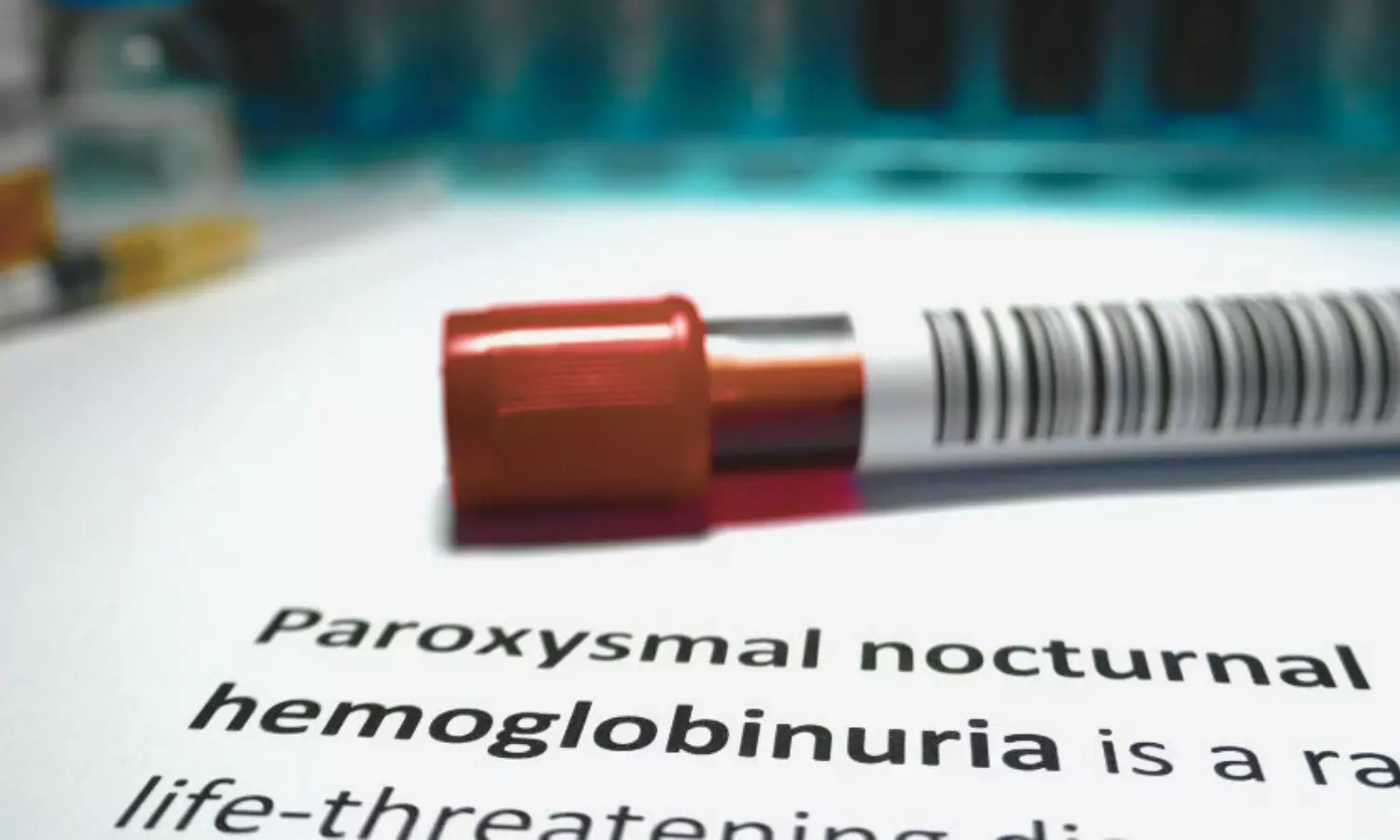2 more doctors arrested in Hyderabad baby-selling racket

Hyderabad: The illegal surrogacy and baby-selling racket linked to Universal Srushti Fertility Centre in Secunderabad is getting bigger and more complicated with every passing day. Hyderabad police have now arrested two more doctors from King George Hospital (KGH) in Visakhapatnam for their alleged role in the case.
The accused- Dr Vasupalli Ravi, head of anaesthesiology, and Dr Usha Devi, associate professor in gynaecology at KGH, were arrested for their alleged links with Dr A. Namratha, the prime accused in the case.
During the investigation, the police discovered that the arrested doctors were college mates of Namratha and had completed their MBBS together in 1988 from Andhra Medical College. They allegedly supported the illegal practices of Dr Namratha and defrauded childless couples in the name of IVF and surrogacy procedures. While Usha Devi provided obstetric care at Srushti Fertility Centre, Vidyullata is believed to have monitored the health condition of the babies.
Also read- Another doctor arrested in connection with Hyderabad baby selling racket
Their arrests come after Dr Namratha confessed to their involvement in the racket during the interrogation by the police. Acting on this information, the police went to Visakhapatnam on Thursday and arrested the two doctors.
Medical Dialogues, a few days ago, reported that another woman doctor, who is a paediatrician from KGH, was arrested by police at the Rajiv Gandhi International Airport (RGIA) for her suspected involvement in the case. Her name surfaced during the probe, and she was named as an accused in one of the four fresh FIRs, after being alleged to have sold someone else’s child to a couple who had approached the clinic for IVF treatment. She was found to be acting as a substitute for Dr Namratha. She was produced before the court on Saturday and was granted conditional bail.
A senior police officer familiar with the development said that the investigating authorities are examining the suspects’ bank accounts and other details.
Meanwhile, the police have also recently arrested three women—Vijaya, Saroja, and Ratna—who allegedly acted as intermediaries in the case. ETV Bharat sources said that the Hyderabad Police Commissioner is likely to hand the case to a Special Investigation Team (SIT) under the Central Crime Station, given its multi-state links and complexity.
Commenting on this, King George Hospital superintendent Dr I Vani told HT, “The hospital has no connection with the Universal Srushti Fertility Centre and its illegal activities. We have got to know about certain activities by a couple of doctors associated with KGH, but they possibly worked with the fertility centre in their individual capacity. We could not contact them over phone as they were switched off. We shall take legal action against them after receiving the investigation report from the police.”
Medical Dialogues had earlier reported that the Hyderabad police busted a large-scale illegal surrogacy and baby-selling racket run by Dr A. Namratha, owner of a chain of fertility clinics across Andhra Pradesh and Telangana. Eight people, including Namratha and the biological parents of a baby, were arrested.
The racket came to light after a couple who paid Rs 35 lakh for surrogacy found through a DNA test that the baby they received wasn’t biologically theirs. The main accused, Dr A. Namratha, along with associates and agents, targeted vulnerable women, particularly those seeking abortions, and lured them into continuing pregnancies in exchange for money and other reasons. These newborns were then passed off as children conceived through surrogacy, misleading clients into believing the babies were biologically theirs.
The scam unfolded after the couple met Dr Namratha, who, after conducting fertility-related tests, advised them to go for surrogacy. The couple was directed to another branch of the clinic at Vishakapatnam for the collection of specimens and were told that the surrogate would be arranged by the clinic, and the embryo would be transplanted to the surrogate.
Over the course of nine months, the couple made several payments to the clinic. In June this year, the complainant was informed that the surrogate had delivered a baby boy via C-section in Vishakapatnam. Overall, the clinic took over Rs 35 lakh from the couple as consultation charges for the procedures.
The baby boy was handed over to the complainant along with documentation which showed the registration of the child as having been born to the couple themselves after creating a “false” birth certificate document. The baby was not shown as a child born to a surrogate, which drew their suspicion. Later, the couple went in for a DNA test, which revealed that the child’s DNA did not match theirs. When the couple tried to get in touch with the clinic, they were refused any documentation and were threatened, which prompted them to approach the police.
Also read- Hyderabad baby-selling racket: Doctor accused of using another doctor’s license to run clinic
Powered by WPeMatico



